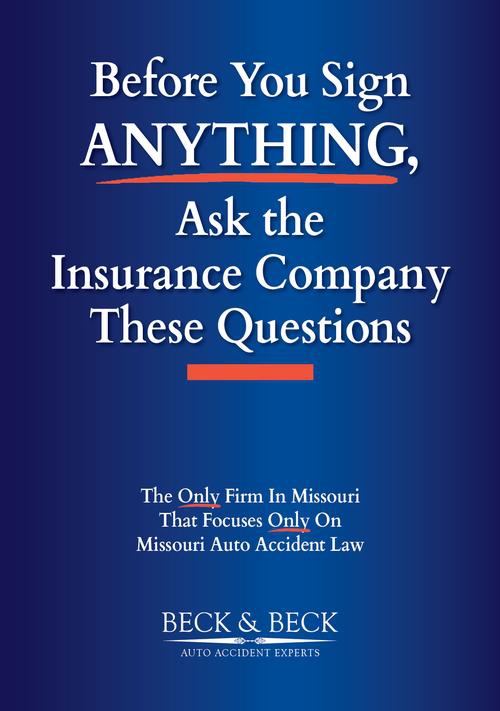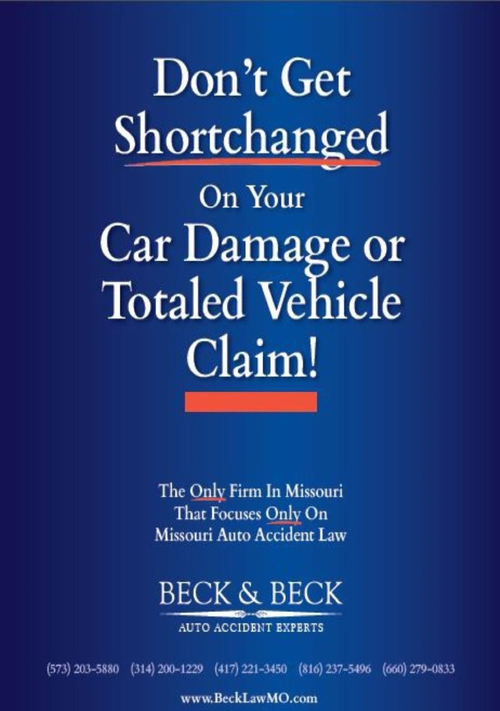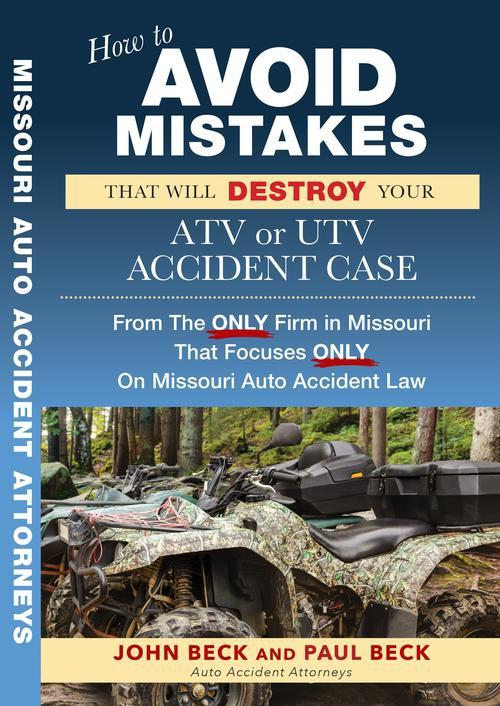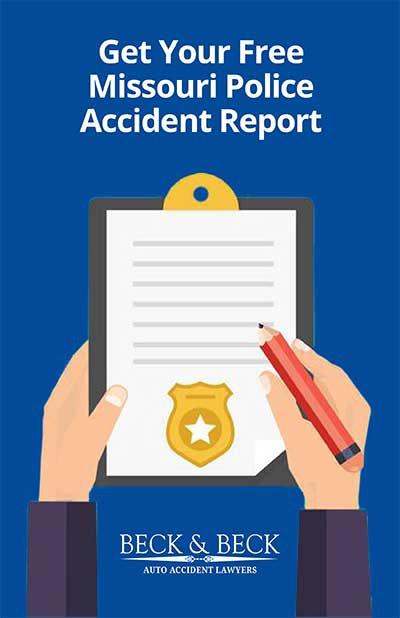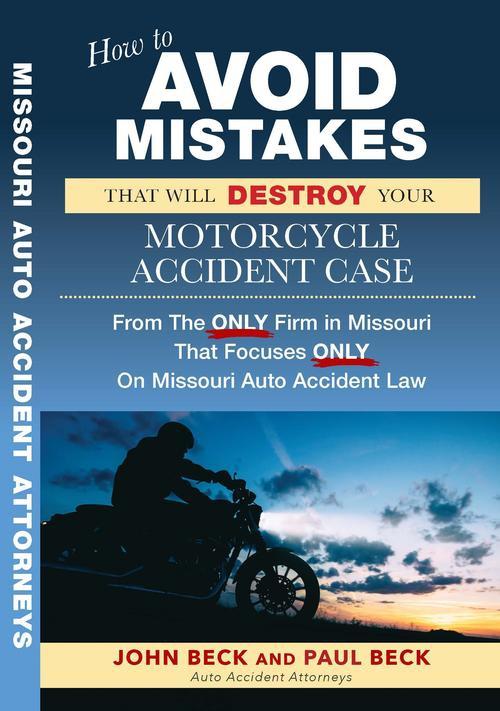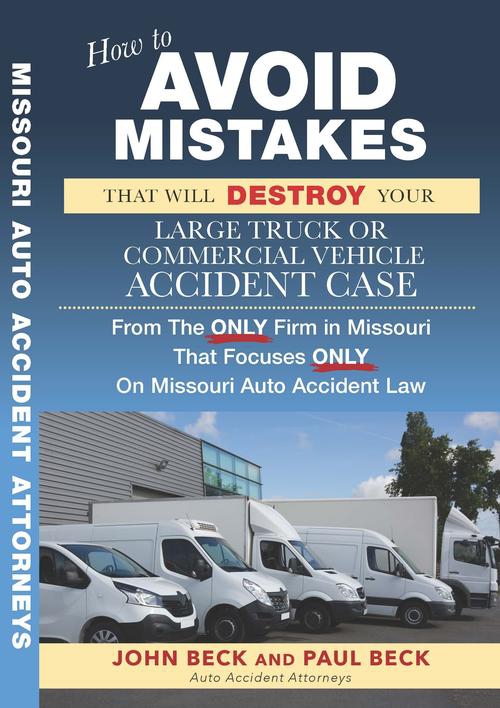Depending on the severity of the crash and the extent of the injuries, the average cost of a car accident in the U.S. typically ranges from a few thousand dollars to millions.
According to the National Safety Council (NSC), the average economic cost of a fatal crash in 2023 was $1,952,000, while the comprehensive cost—which factors in lost quality of life—was a staggering $13,705,000. Disabling injuries cost an average of $167,000 economically and $1,112,000 comprehensively. Even for less severe incidents, costs remain high:
- Evident Injuries: $44,000 (economic)
- Possible Injuries: $27,000
- No Visible Injury: $7,400
- Property Damage Only: $6,300
Motor vehicle crashes cost the U.S. economy $340 billion in 2019, according to a detailed study by the National Highway Traffic Safety Administration (NHTSA). That figure includes both direct and indirect losses from over 36,500 fatalities, 4.5 million injuries, and 23 million damaged vehicles.
On average, that’s $1,035 for every person in the country—roughly 1.6% of the entire U.S. GDP for that year.
Who Pays for These Costs?
Although drivers involved in accidents bear some of the financial burden, the majority falls on the public. About 75% of crash-related costs are paid by those not directly involved—through higher insurance premiums, increased taxes, lost time in traffic, excess fuel use, and environmental damage.
Taxpayers alone covered $30 billion, or around 9% of the total crash cost, which translates to an extra $230 in taxes per household.
Where the Money Goes
These costs go beyond damaged vehicles and emergency care. They include:
- Medical expenses
- Missed work and lost productivity
- Legal and court fees
- Emergency response costs
- Insurance administration
- Congestion and fuel waste
- Property damage
- Long-term health care and disability
When you factor in the loss of life quality and other long-term effects, the societal impact reaches nearly $1.4 trillion.
Risky Behaviors Drive Up Costs
Certain behaviors are directly tied to increased crash costs and injury severity. For instance:
- Alcohol use caused 14,219 deaths and nearly half a million injuries in 2019, totaling $68.9 billion in losses. Most of that came from crashes where the driver’s blood alcohol level was over .08.
- Distracted driving led to 10,546 deaths and 1.3 million injuries, accounting for $98.2 billion—or 29%—of the year’s total crash costs.
- Not wearing a seatbelt resulted in 2,400 avoidable deaths and $11 billion in preventable costs. Conversely, seatbelt use prevented nearly $93 billion in injuries and saved over 14,600 lives.
- Speeding contributed to 10,192 deaths and nearly half a million injuries, with an estimated $46 billion in costs nationwide in 2019.
While road deaths dropped steadily for decades, that progress stalled—and even reversed—in 2020 and 2021. Nearly all traffic deaths happen on local streets and highways, highlighting the need for safer roads, smarter speeds, and better post-crash care.
Factors That Impact the Cost of a Car Accident
The total cost of a car accident isn’t always obvious at first. While some expenses show up right away—like car repairs or a trip to the ER—others can take weeks or months to unfold. Whether it’s a simple fender bender or a more serious collision, the full financial toll depends on several different factors.
Immediate Costs After a Crash
Some of the first expenses people deal with after a crash involve repairs, replacements, and medical care. These are the most common sources of financial strain:
Repair costs: The average collision claim payout was around $5,000 in 2021. If you don’t have collision coverage, you’re responsible for that amount on your own. Even with coverage, you’ll still owe the deductible, which is usually at least $500.
Car replacement: If your car is totaled, the insurance company will only pay what your car was worth before the crash. With new vehicles averaging $48,000 and used ones over $28,000, that payout might not cover a comparable replacement.
Insurance premiums: Filing a claim—especially if you were at fault—can increase your premiums by nearly 50%. That means you could end up paying over $1,000 more each year.
Property damage: If your accident damages someone else’s property—like a fence, garage, or building—your insurance might cover it. But if the damage goes beyond your policy limits, you’ll have to pay the difference. The average property damage claim is $5,314.
Medical expenses: A single ER visit can cost over $2,000 without insurance. Even with coverage, the out-of-pocket cost is often more than $1,000. If someone else is injured and you’re liable, the average personal injury settlement from a crash is over $22,734.
Long-Term Financial Consequences
The financial hit doesn’t always stop with the initial bills. Serious accidents often lead to longer recoveries, job disruptions, and ongoing health care.
Lost wages: If the accident keeps you from working, you may lose income during recovery. For people with physical jobs, this can last weeks or longer.
Rehabilitation and ongoing care: Injuries like back trauma or brain injuries may require long-term treatment. Physical therapy, follow-up visits, and prescriptions can add thousands in out-of-pocket expenses.
Increased living costs: In some cases, injuries affect your ability to drive, cook, or care for yourself. This can lead to costs for transportation, home care, or modifications to your home or vehicle.
What Drives Costs Even Higher
While every accident brings some financial loss, certain factors make the damage significantly worse. The more serious the situation, the higher the potential settlement or judgment, especially when a personal injury claim is involved.
Injury severity: A broken bone might require a few months of care, but a spinal injury or permanent disability affects the rest of your life. The more serious or catastrophic the injury, the more expensive everything becomes—from treatment to lost earning potential.
Length of recovery: The longer you’re in treatment or unable to work, the more the financial impact grows. Insurance settlements tend to factor this in, and longer recoveries often lead to larger payouts.
Pain and suffering: Non-economic damages like chronic pain, emotional distress, or reduced quality of life can increase a settlement. These amounts are often calculated using a multiplier based on injury severity.
Proof of fault: If there’s clear evidence that the other driver caused the crash, you’re more likely to receive full compensation. But if fault is unclear, your claim may be reduced or denied altogether.
Future medical needs: Some injuries require care for years to come. If you’ll need follow-up surgeries, in-home support, or ongoing medication, those costs should be factored into your claim. The more long-term the impact, the higher the total amount.
Why These Factors Matter
Insurance adjusters don’t just look at your current bills. They consider the type of injury, how long it will affect your life, and whether liability is clear. Their job is to settle claims quickly and cheaply, so if you don’t provide detailed proof of your injuries and losses, you could end up with far less than you need.
Understanding how these factors work together helps you prepare. Whether you’re negotiating with an insurer or working with our experienced Missouri car accident attorneys, having a full picture of your losses—both now and in the future—is the key to making sure you’re treated fairly.
Reducing Cost and Preventing Injuries
Lowering the economic and societal toll of motor vehicle crashes starts with prevention. When crashes are avoided altogether, lives are saved, injuries are prevented, and families avoid the financial burden that often follows.
A range of proven strategies already exists that can make a measurable difference across communities, especially when supported by enforcement and education.
Strategies That Help Prevent Crashes
To reduce crash rates, policymakers and local governments can implement a combination of enforcement, regulation, and public safety programs. Some of the most effective measures include:
- Automated red-light and speed-camera enforcement, which has been shown to deter dangerous driving habits and reduce crash frequency in high-risk areas.
- Graduated driver licensing systems, which phase in full driving privileges for teens as they gain experience, helping to reduce crashes among new drivers.
- Publicized sobriety checkpoints, which increase perceived risk of arrest and discourage people from driving under the influence.
- Ignition interlocks for all alcohol-impaired driving convictions, including first-time offenders, which physically prevent the vehicle from starting if alcohol is detected.
Each of these measures helps reduce both fatal and nonfatal crashes, cutting costs tied to emergency services, medical care, and lost productivity.
Measures That Limit Harm When Crashes Happen
When a crash can’t be avoided, the next goal is to reduce the severity of injuries. Policies that focus on occupant protection make a clear difference and are backed by years of data. These include:
- Primary seat belt laws for all seating positions, which allow officers to stop drivers solely for not wearing a seat belt, improving compliance.
- High-visibility enforcement campaigns, which increase awareness and lead to higher usage rates of seat belts and child restraints.
- Car seat laws requiring car seat or booster seat use until at least age 9, which ensure that children are properly restrained based on their age and size.
- Programs that combine car seat distribution with education, which help parents install and use restraints correctly.
- Bicycle helmet laws for children, which reduce head injuries and related costs from bicycle-related crashes.
By combining prevention strategies with strong injury-reduction policies, communities can lower both human and financial losses. These tools are already available—and when enforced consistently, they work.
The Cost of Car Accidents in Missouri
In Missouri specifically, traffic crash deaths in 2018 led to an estimated $11 million in medical expenses and $1.3 billion in work loss costs—bringing the total to $1.31 billion in that year alone.
These stats don’t account for the nonfatal injuries or vehicle damage that often come with a crash. It doesn’t take much for costs to spiral—between medical care, missed work, follow-up treatment, and insurance hikes, even a so-called minor accident can have long-lasting financial effects.
While insurance might help with part of it, many people still end up paying for a lot themselves—and not just in obvious ways.
That’s why it matters to understand how accidents affect your finances and why Missouri has rules to improve road safety. It also helps to know what steps to take legally if you are involved in a crash because if you’re found at fault, your insurance rates will likely go up.
How much they rise depends on the details—how serious the accident was, your past driving record, and other risk factors. For some drivers, premiums might jump by 20%, while for others the increase could be much steeper. Over time, that added cost can easily reach thousands of dollars.
Award-Winning Missouri Auto Accident Attorneys
At Beck & Beck Missouri Car Accident Lawyers, we focus on helping people who’ve been injured in Missouri auto accidents. We don’t handle every type of case—we’ve built our entire practice around car, truck, and motorcycle crashes, which means we know how to approach each case with the right strategy from the start.
Whether you’re dealing with a totaled vehicle, time away from work, or injuries that don’t heal quickly, we know how overwhelming it can get, and we’re here to help you through it.
Because we specially handle auto accident cases, we’re familiar with how Missouri insurance companies operate, what paperwork needs to be filed, and how to avoid delays that slow down your case. We work directly with you, keep you informed, and push for a fair result without wasting your time.
If you were hurt in a crash anywhere in Missouri, contact us today for a free consultation. We’ll listen to what happened, explain your options, and guide you through the next steps. You won’t get vague answers or long waits—we take pride in being accessible and direct with every client.
At Beck & Beck Missouri Car Accident Lawyers, we’re serious about getting results and making sure you’re treated with respect at every point in the process
Related Articles

